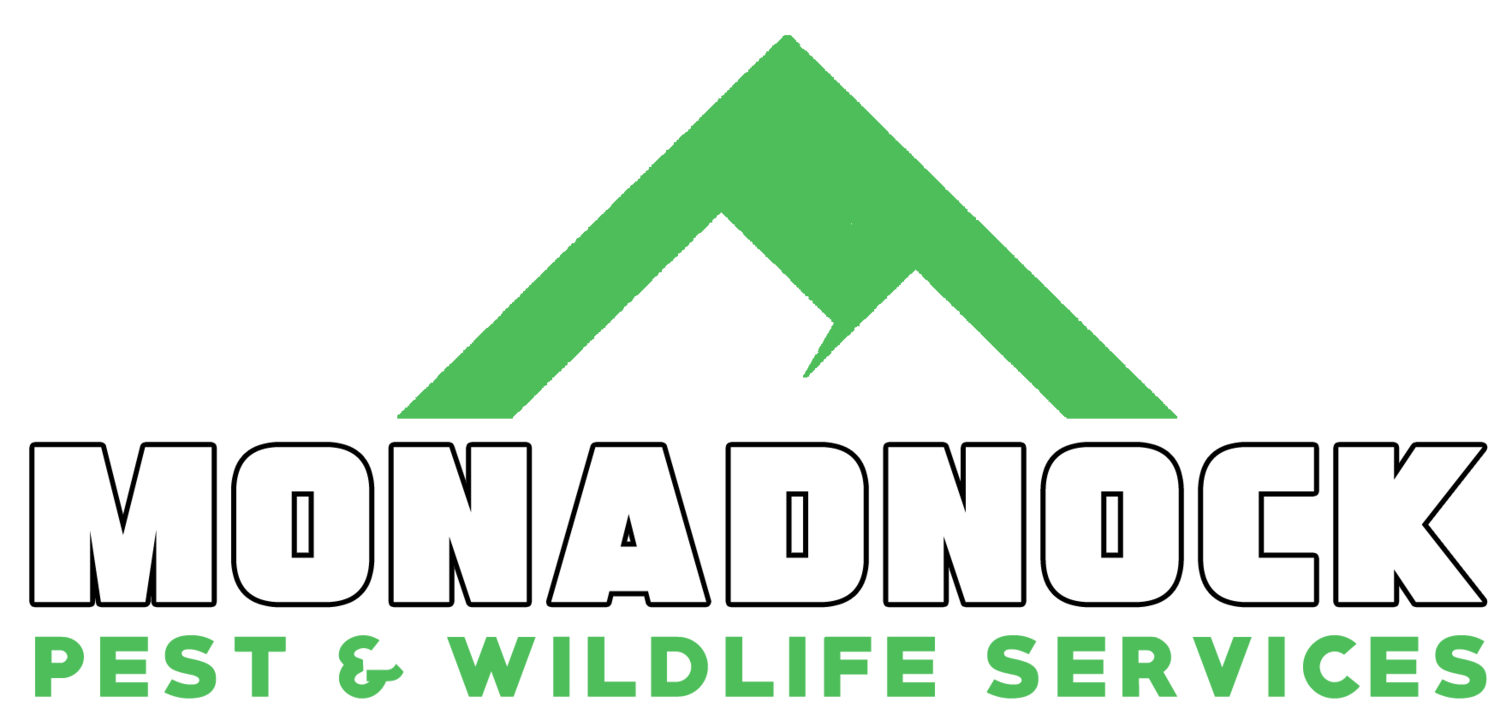
The Brown Rat
The Rat Pack
Of all the vertebrate pests that inhabit the backyards and city streets of southern New Hampshire, none are more challenging, adaptive, and tenacious than the Norway Rat (rattus norvegicus).
Monadnock Pest & Wildlife deploys several control tactics to managing rat issues. With over 30 years of rat control experience, we’re the premier rat management authority in New Hampshire.
Norway Rat (Photo | Matt Seymour)
Appearance:
The Norway Rat, also known as the common rat, street rat, sewer rat, wharf rat, Hanover rat, brown rat, or Norwegian rat, is a widespread species; one of the largest in its family. Identified by its brown or grey fur with a head and body length of up to 11 inches long. Its trademark hairless tail is slightly shorter than the animal’s body length. Brown rats weigh between 5 and 18 ounces).
Habitat & Diet:
Being a commensal species, rats tend to live wherever humans live, particularly in urban areas. In New Hampshire, they are common around agricultural settings and areas of water - such as swamps, streams, rivers, and brooks. This is especially the case where these natural landmarks accompany urban sprawl. As expect diggers, rats tend to burrow under structures or inside dirt-floor crawlspaces and sewers. They have also been known to inhabit the walls of buildings, as well as furniture and appliances as the colony expands untreated.
Being both an omnivore and opportunistic, rats will consume almost anything available in their territory; although they are commonly known to prefer grains and other materials leftover from livestock feed. In New Hampshire, rats thriving on a myriad of food sources include (but are not limited to) bird seed, dumpster remnants/trash, chicken feed, pet waste, and compost. Their foraging behavior is often population-specific, and varies by environment and food source.
Breeding & Behavior:
Rats will breed throughout the year as conditions permit. Females are capable of producing up to five litters per year, with a 21-day gestation period. Females are capable of nursing one litter while pregnant with another, which allows for a potential population growth of 2 to 15,000 individuals in a year’s time. The average lifespan for a brown rat is one year.
Brown rats live in colony groups. When food sources are strained, rats lower in the colony social structure tend to be the first to expire. If a large fraction of a rat population is removed, the remaining rats can increase their reproductive rate - quickly restoring population levels. This is why professional remediation is paramount to total colony elimination. Rats will turn on each other if living spaces become cramped. Burrows tend to begin adjacent to a form of structure, such as building foundations, concrete pads, rocks, or other sturdy landmarks. These burrows will usually expand to eventually include multiple levels of tunnels, as well as a secondary entrance.
In addition to their invasive nature, rats are known and prolific carriers of several diseases; including Weil's disease, rat bite fever, cryptosporidiosis, viral hemorrhagic fever, Q fever and hantavirus pulmonary syndrome. They are also thought to be associated with toxoplasmosis, trichinosis, and plague.
Nuisance characteristics:
Common rat issues include (but are not limited to):
Harborage inside homes, crawlspaces, businesses, and other human-inhabited areas.
Damage to structures as a result of foraging, burrowing and nesting.
Public health risk due to their spread of waste and disease.
Food contamination.
Health risk for pets, produce and livestock in agricultural settings
Having trouble with rats? If you live in southern New Hampshire, we’re ready to assist - contact Monadnock Pest & Wildlife today for a worry-free inspection and estimate to assist with evicting rats from your property!
Read more about Rats and Rodents on our Pest Blog:
Give us a call:
(603)-784-5828
Not much of a phone talker?
Send us a message and we’ll respond to your inquiry shortly.
We check our email messages promptly!



Whether its soiled insulation posing health risks and impacting coveted R-value for home heat efficiency, hazardous electrical wiring gnawed by persistent rodents, or structural damage caused by wood-destroying and boring insects; what you can’t see above you may pose serious problems.